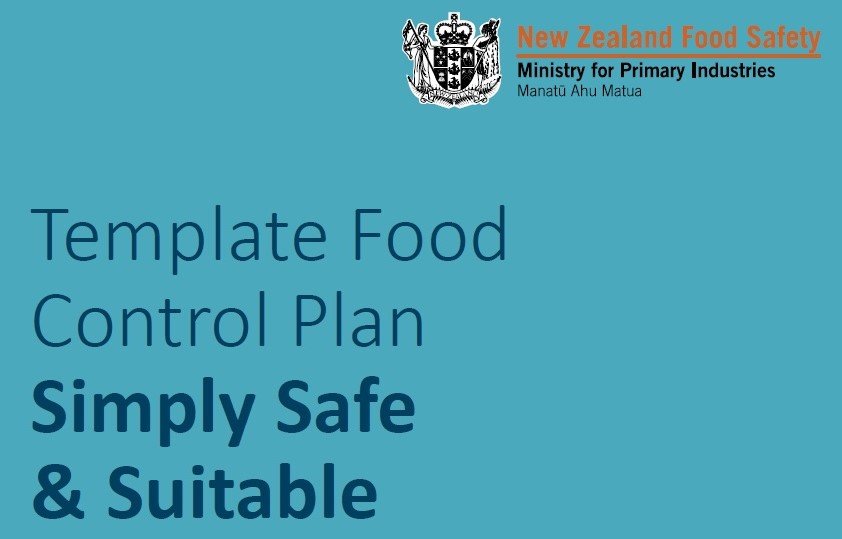Food Recalls:
Last year MPI notified 68 food product recalls in New Zealand. Many of these were for non-compliant labels.
Recalls are conducted where there is likelihood that consumption of the foods may cause adverse impacts. A fundamental requirement for all food businesses is to ensure that the products they deal with are safe and suitable.
The chart below breaks down the recalls into several categories:
Labelling:
The focus of this article is the largest category of food recalls: non-compliant labels. Drilling into this a little further:
41 % were for incorrect allergen declarations (including warnings) of which
26 % were not designed in compliance with the FSANZ requirements
15 % were packed using incorrect packaging, or the wrong label was applied
3 % for incorrect date mark (Best before / Use by etc.)
Preparation of accurate retail food labels that comply with the Food Standards Code can be very complex, particularly for products that contain numerous ingredients. This can be made more difficult for imported pre-packaged foods where the importer may not have intimate knowledge of the suppliers’ raw materials, ingredients and production processes.
To minimise the chances of labelling errors, all businesses should have procedures for; the preparation of food labels to ensure compliance with the Food Standards Code, and to ensure that the correct packaging and labels are used.
1. Label design
It’s important that all inputs to the process are known and their purpose understood. This includes raw materials, ingredients, additives and processing aids.
Many things added to foods are compound ingredients – they themselves contain several sub-ingredients. Do you know what these are and whether they must be labelled in the final food?
Do additives in one of the ingredients perform a technological function in the finished food?
Do processing aids or additives contain allergens that must be identified in the finished product?
Are all the additives in the food permitted for use in New Zealand?
What are the limits for additives and processing aids?
MPI provides several documents and checklists that can assist you to get your food labelling correct.
You can find the guides which include the checklists below:
B2B Food Labelling Guide (for those selling foods not packed for retail)
We recommend that you utilise these guides and checklists if you choose to manage your own food labels.
For single ingredient products, this may be relatively straight forward. However for complex products it’s not for the faint hearted! Give us a call if you would like to discuss your labelling requirements.
2. Packing and Labelling
Most aspects of labels are pre-prepared and either incorporated into the food packaging or applied as labels to other packaging. However for many manufacturers there is an additional requirement for variable information to be applied to foods relating to the lot detail and date mark – which vary over time.
Procedures need to take both these labelling requirements into account.
To minimise the risk of incorrect information being applied to the products, its good to have line clearances procedures:
Each time a product on a processing line has been completed, remove all packaging and labels that are specific to that product
When the new product is introduced, have somebody independently check that the product and packaging/labels match, and independently check the variable information has been calculated and set up correctly. It’s useful to keep records that these set-up and checking activities have been completed before commencement of packing/labelling commences
Good practice may take a little work up front but will save a lot of cost for rework and or recall if good practices are not maintained. If you would like a hand to understand how to manage your packing and labelling procedures, please contact us.












































